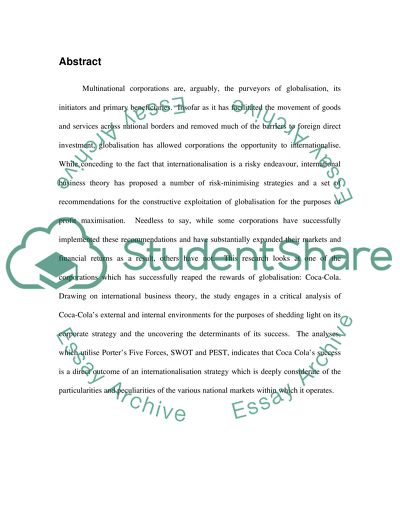Cite this document
(“A critical analysis of the globalization strategy of a multinational Essay”, n.d.)
Retrieved from https://studentshare.org/miscellaneous/1531309-a-critical-analysis-of-the-globalisation-strategy-of-a-multinational-company-coca-cola
Retrieved from https://studentshare.org/miscellaneous/1531309-a-critical-analysis-of-the-globalisation-strategy-of-a-multinational-company-coca-cola
(A Critical Analysis of the Globalization Strategy of a Multinational Essay)
https://studentshare.org/miscellaneous/1531309-a-critical-analysis-of-the-globalisation-strategy-of-a-multinational-company-coca-cola.
https://studentshare.org/miscellaneous/1531309-a-critical-analysis-of-the-globalisation-strategy-of-a-multinational-company-coca-cola.
“A Critical Analysis of the Globalization Strategy of a Multinational Essay”, n.d. https://studentshare.org/miscellaneous/1531309-a-critical-analysis-of-the-globalisation-strategy-of-a-multinational-company-coca-cola.


